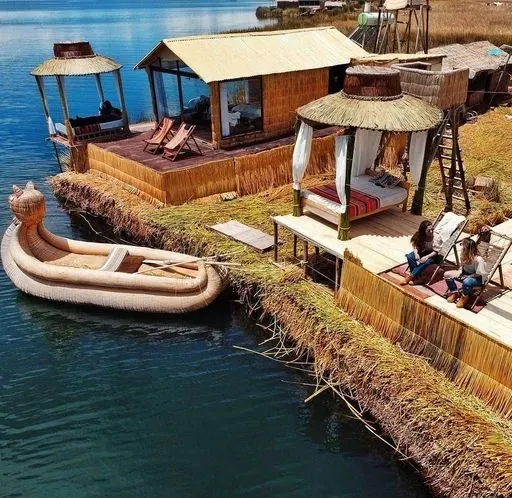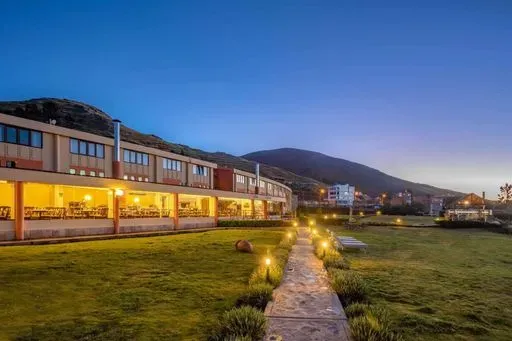Create a Fyno account
to save your Iceland trip
By continuing you agree to our Terms of Service and Privacy Policy.
Lake Titicaca
Word from curator
Lake Titicaca is a majestic and culturally significant lake located in the Andes Mountains on the border of Peru and Bolivia. It is the largest lake in South America by volume and the highest navigable lake in the world, sitting at an elevation of over 12,500 feet above sea level.
The lake is renowned for its stunning beauty and rich cultural heritage. It is surrounded by breathtaking landscapes of mountains and rolling hills, providing a picturesque backdrop for the indigenous communities that inhabit its shores. The lake is deeply intertwined with the history and mythology of the Inca civilization and is considered a sacred place by the Andean people.
You can explore its many attractions and immerse yourself in the local culture. In addition to Uros floating islands, there are several inhabited islands, Taquile and Amantani, where you can experience the traditional way of life of the local communities and even stay overnight in their homes.
The lake also offers opportunities for outdoor activities, such as boating, kayaking, and hiking. You can take a boat tour to explore the various islands and enjoy the serene beauty of the lake. The clear blue waters of Lake Titicaca are home to diverse aquatic species, including several species of fish found nowhere else in the world.
Whether you are drawn to the cultural heritage, natural beauty, or spiritual significance, a visit to Lake Titicaca is a truly memorable experience. It provides a unique blend of awe-inspiring landscapes, vibrant indigenous cultures, and a deep connection to the ancient history of the Andean region.



